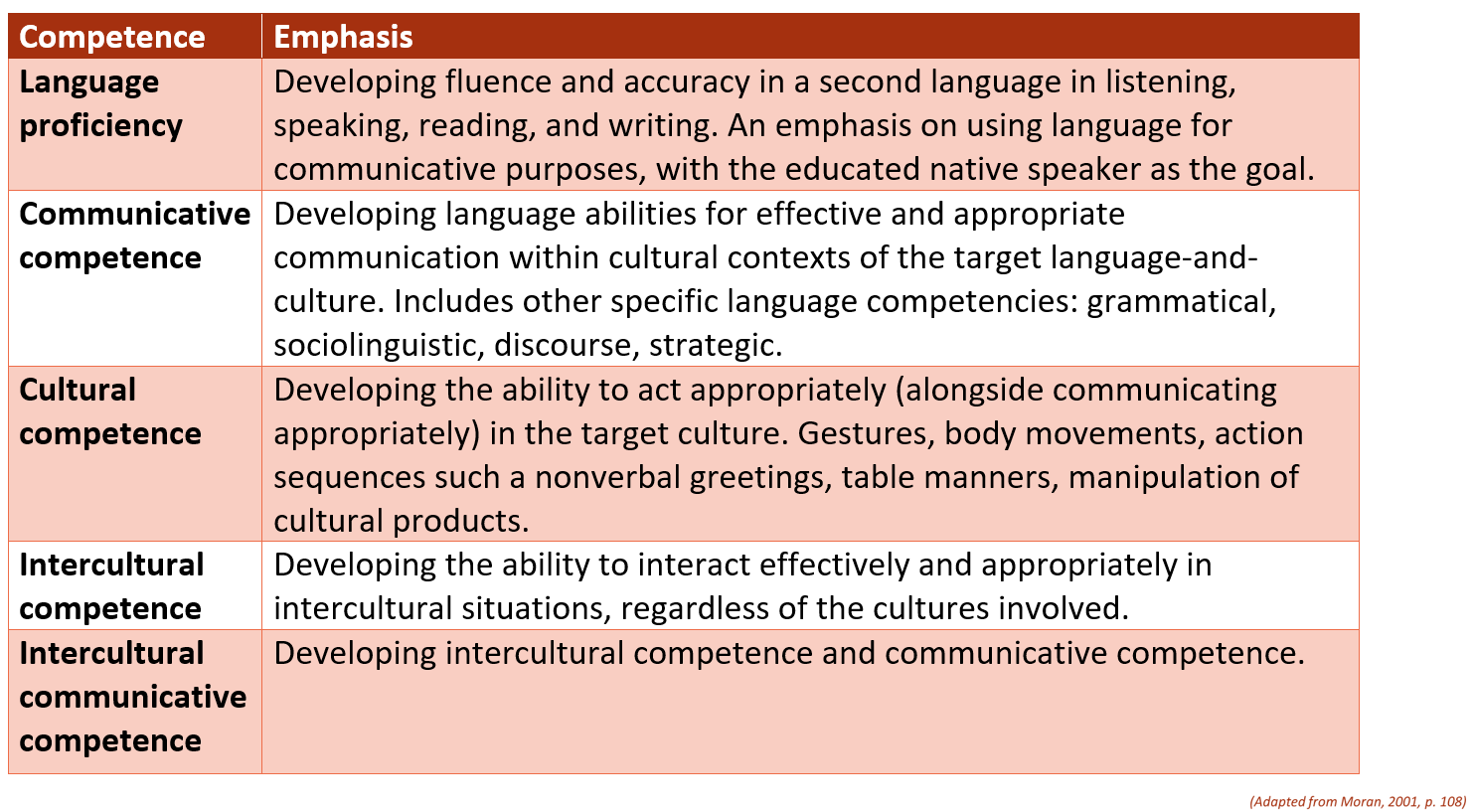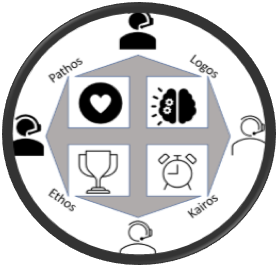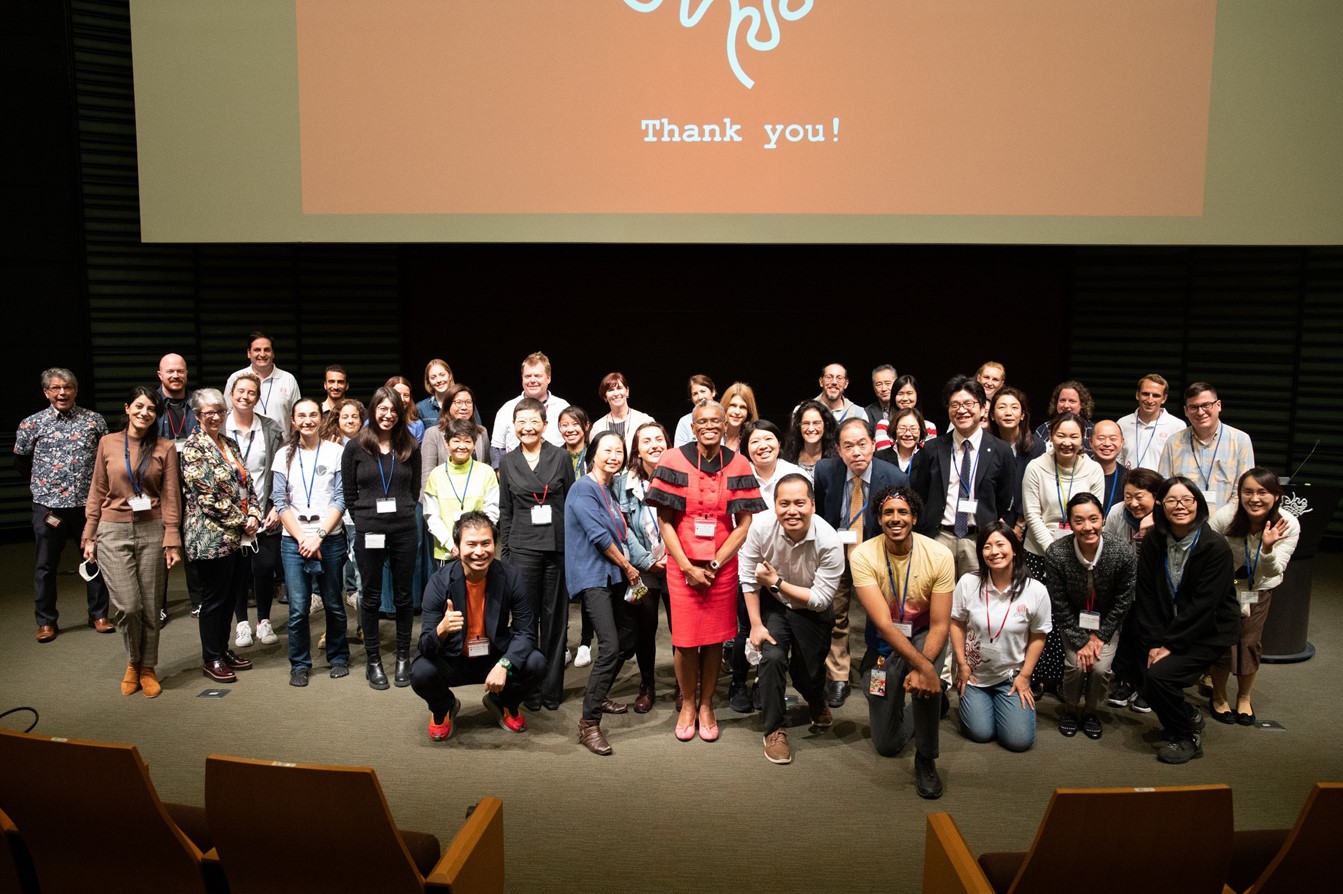C-Hub Spotlight, Issue 2, February 2023

Featured Topic: Effective Communication
Effective communication is essential in research, teaching, public speaking, and in the workplace. It is key to articulating your merits and accomplishments in CVs, cover letters, and interviews, and in publishing impactful articles. The characteristics of effective communication are concision, clarity, concern for the audience, and proper use of conventions associated with the communicative purpose. Furthermore, effective communication requires an awareness that unconscious biases can hinder understanding and dialogue. While in some cultures the use of silence may be valued and taken for granted as a way to convey respect, in other cultures it may be perceived as reticence, shyness, or ignorance. Misunderstandings for those on both the sending and receiving end of the message may result. This evinces a need to gain insights into intercultural and cross-cultural communication. As the following chart shows, there are many different levels of communicative competence:

The chart helps explain why fluency in language and even a high degree of interpersonal communication skills are not always a good indicator of cultural or intercultural competence. When several cultural boundaries are present, as in highly diverse groups, there is a need for cross-cultural competence, which has characteristics that transcend even those listed in the chart.
What’s the evidence?
In research conducted by the American Association of Colleges and Universities (AAC&U) regularly since 2007, so-called soft skills such as oral communication and writing were deemed high priorities for both attaining a desired position and advancement in one’s career. Not only were they within the top five of thirteen essential skills, they were what separated candidates who were otherwise similar in more technical sets of skills, such as the knowledge domain of a given discipline. Intercultural knowledge and competence were also among the top thirteen skills on the list.
What can YOU do?
The first thing you can do is to assess how you tend to communicate with others. Use the Effective Communication Styles Inventory here to do so. Don’t assume that because you have communicated successfully in certain contexts, this means you are equally effective in other contexts or with different audiences. Remember too that empathetic listening is an often-overlooked part of effective communication.
As you reflect on applying effective communication in different contexts, keep in mind the four categories of classical rhetoric: pathos (appeals to emotion), ethos (appeals to credibility), logos (appeals to logic), and kairos (timing and communicating at an opportune moment). Each category has a different set of strategies. For example, choosing to tell a story that highlights the emotions of the speaker and evokes an emotional response in the audience at a time when there is tense disagreement, rather than emphasizing logical inferences in a more argumentative style, involves taking elements of pathos, logos, and kairos into consideration. See a handout on culturally inclusive classroom communication that makes use of these ideas here on the C-Hub resources webpage.

Here are some additional ways to become an effective communicator:
- In the wider organization (e.g., emails, other interactions with colleagues) —
- raise awareness of the unconscious aspects of communication that may be stunting participation in projects and processes of minoritized or underrepresented members of the unit or team
- take the time to connect with colleagues
- set ground rules for meetings that aim to create safe, inclusive, and accessible environments (See the C-Hub Community Rules here as one example set of ground rules.)
- In research —
- trade paper drafts with a variety of colleagues from different backgrounds (e.g., disciplinary, cultural) to gain and share insights related to your writing
- In teaching and mentoring practice —
- use respectful, accessible, and inclusive language in the classroom or one-one-one sessions with mentees
Announcements:
---> A big thank you to all those who participated in the Inclusive Leadership Symposium 2023, that was held February 1 & February 2! Please see photos here and videos here on the C-Hub webpages.

---> The Ryudai Teaching Fellows registration ends on February 15. This program is open to all Postdoctoral Scholars who are enrolled in or have completed the C-Hub Teaching and Course Design Certificate Program. Please see the information for the Ryudai Teaching Fellows here if you are interested.
C-Hub Services and Programs:
C-Hub provides individual consultations for all members of the OIST community on a broad range of topics including career consultations, pedagogy, course and syllabus design, CVs and resumés (for the academic and non-academic job market), teaching portfolios and statements, DEI (diversity, equity, & inclusion), CliftonStrengths Coaching, work-life balance, etc. For more information, visit: https://groups.oist.jp/c-hub/consultations C-Hub offers regularly scheduled programs, such as the Teaching and Course Design Certificate Program, and Peer Mentoring Circles Program. Watch this space for future announcements.
References and Further Reading:
Association of American Colleges and Universities (AAC&U). (2018). Fulfilling the American dream: Liberal education and the future of work selected findings from online surveys of business executives and hiring managers. Washington, DC: AAC&U.
de Vries, R. E., Bakker-Pieper, A., Konings, F. E., & Schouten, B. (2013). The communication styles inventory (CSI) a six-dimensional behavioral model of communication styles and its relation with personality. Communication Research, 40(4), 506-532.
Hargie, O. (Ed.). (2018). The handbook of communication skills. Routledge.
Moran, P. R. (2001). Teaching culture: Perspectives in practice. Boston: Heinle & Heinle.



